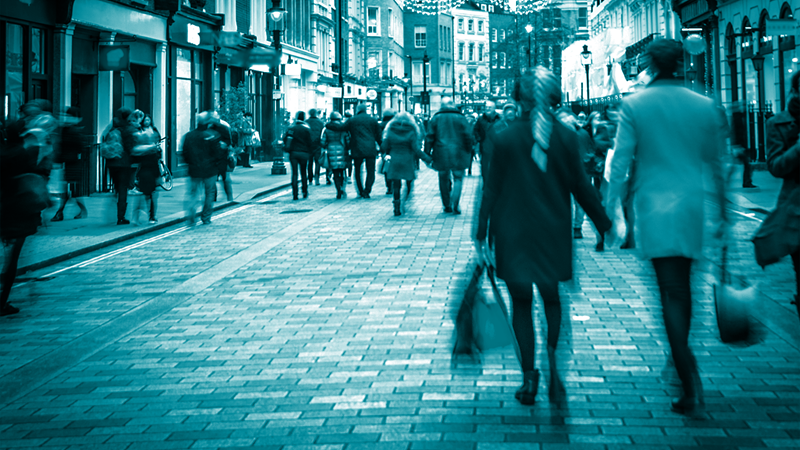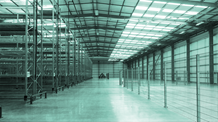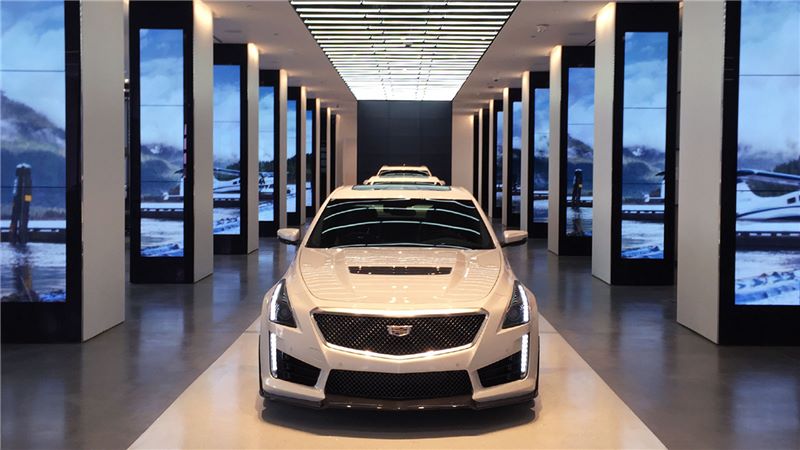The future of retail
Retail - whatever you’re buying or how you’re doing it, is more about experience than ever before.
With 94% of global consumers now shopping on the internet, how are store retailers competing with the convenience of ordering from home or the speed of shopping during the morning commute?
Over the last ten years I’ve seen a growing trend of retailers moving away from traditional outlets and into ‘experience centres’ that welcome browsers, offer exciting ways of experiencing the products on sale and leave visitors with a positive memory rather than one that lingers on the dent in their bank account.
The tidal wave of internet shopping that has rapidly grown over the last decade had the opportunity to crush the humble street-store. But rather than drown, retailers are starting to focus on what the internet cannot offer.
- Try before you buy
Take Apple stores, for example, where browsers are free to play with the gadgets without obligation to buy. Staff are on hand to offer advice and answer questions, or you can simply play with the technology to see if it meets your needs – hassle free.
- Long-term value
Some stores are introducing fitness studios to give an active sense of purpose to their sports clothes. The lively atmosphere gives the outlets a sense of fun and offers consumers a place to use their new purchases rather than shove them at the back of the wardrobe after New Year’s resolutions have been forgotten.
- Extra bang for your buck
The most progressive retailers are diversifying their outlets to attract a wider audience and entice them in throughout the day. Club Monaco, the Ralph Lauren owned retailer, has been busy installing barber salons in its stores while Walgreens, the American pharmacy chain, has begun introducing nail salons. Cocktail bars are popping up in designer stores and coffee lounges are becoming ever more common place in clothes shops.
The future of retail is less about short-term gain and more about creating a lasting impression that keeps consumers coming back time and time again. It’s about creating different opportunities for people to come through the door, get to know the brand and experience something that they will talk about.
And it’s not just traditional stores that are thinking of the bigger picture. In 2016, we project managed the construction of an experience centre in New York for Cadillac. The car company wanted a building that would welcome all visitors to look behind the scenes, meet with fellow enthusiasts and inspire creative thought. With a fashion runway, art gallery and coffee shop alongside a stunning vehicle display area, Cadillac House showcases the latest trends in arts and culture and mixes it with a local community feel. The space and experience has become synonymous with the brand itself without being a place to actually buy cars. It sets the benchmark for others to follow, not just in the automotive industry.
In 2015, 205 million people in the United States shopped online. These figures are projected to reach 224 million in 2019. With no sign of a decrease on the horizon, retailers will need to keep thinking how they can create experiences rather than sales. The sales will come on their own.















